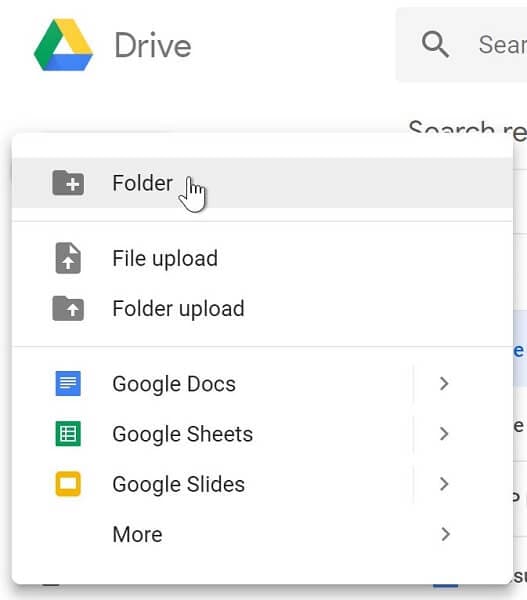

Here’s what each option does when checked: In the Rename window, these three options change how your filenames are renamed. In the next text box, “Replace with,” enter what you want to rename your files to. In the “Search for” text box, type in a search term to look for. By default, Air Explorer uses a simple search-and-replace functionality. Once you see the window above, you can enter the criteria that will determine how your files are renamed. This is where you enter the criteria for renaming your files in bulk. Once the files are selected, right-click your mouse and click Rename from the dropdown menu. To rename your files quickly and easily, first go to the folder in the cloud where you have them stored, for example in Google Drive, and select all of them. On the other hand, if you select several files and click on “Rename” a window will open where you can rename several files at once. If you select a file, and right-click on “Rename” you can directly rename the file in the cloud. “Rename” is a utility that allows the user to rename one or several files at once. Air Explorer allows you to synchronise folders between clouds and to your computer, to search for files in all your clouds, to schedule synchronisations and to rename several files at the one time. Air Explorer also has a lot of additional tools that facilitate the work in your clouds. To do that, you’ll need to use a very simple, regular expression, “.*”, which means “everything.Air Explorer is a cloud manager that allows you to access and work with all your clouds. What if you don’t want to just replace a word in a file, but rather, you’d like to replace the entire filename with something completely new? In that case, you’d want a wildcard to match all of the files you’ve selected. Very handy! A Useful Example: Rename Every File to Something New If you don’t like the result, you can press Ctrl+Z in File Explorer to undo the rename process. When you’re ready, click the “Rename” button, and PowerRename will perform the operation you’ve specified. Item Extension Only: If checked, the operation will only apply to the file or folder’s extension and not its name.Item Name Only: If checked, the operation will only apply to the file or folder’s name and not its extension.Enumerate Items: This will add a number, counting upward, to the end of each file that is renamed.For example, if you select a directory that has files within sub-folders, those will not be affected. Exclude Subfolder Items: This excludes items in selected sub-folders from rename operations.Exclude Folders: If this is checked, the operation will only apply to files and not folders.Exclude Files: If this is checked, the operation will only apply to folders and not files.With this checked, all instances of the search term will be replaced. Match All Occurrences: Normally, only the first instance of the search term is replaced (from left to right).For example, the term “dog” would match different results than “Dog.” Case Sensitive: This option makes searches sensitive, whether the letters are capital or lowercase.Use Regular Expressions: This allows the use of powerful search strings known as regular expressions, which can enable very in-depth or complex search-and-replace operations.

Consider each one and place a checkmark beside those that you want to use. Near the middle of the window, you’ll see other options that change how PowerRename works. That way, you don’t have to guess what the result might be. Here’s an example where “P4” in each file name has been replaced with “photo_.” The neat thing is that PowerRename provides a preview of what the renamed files will look like right there in the window.


 0 kommentar(er)
0 kommentar(er)
